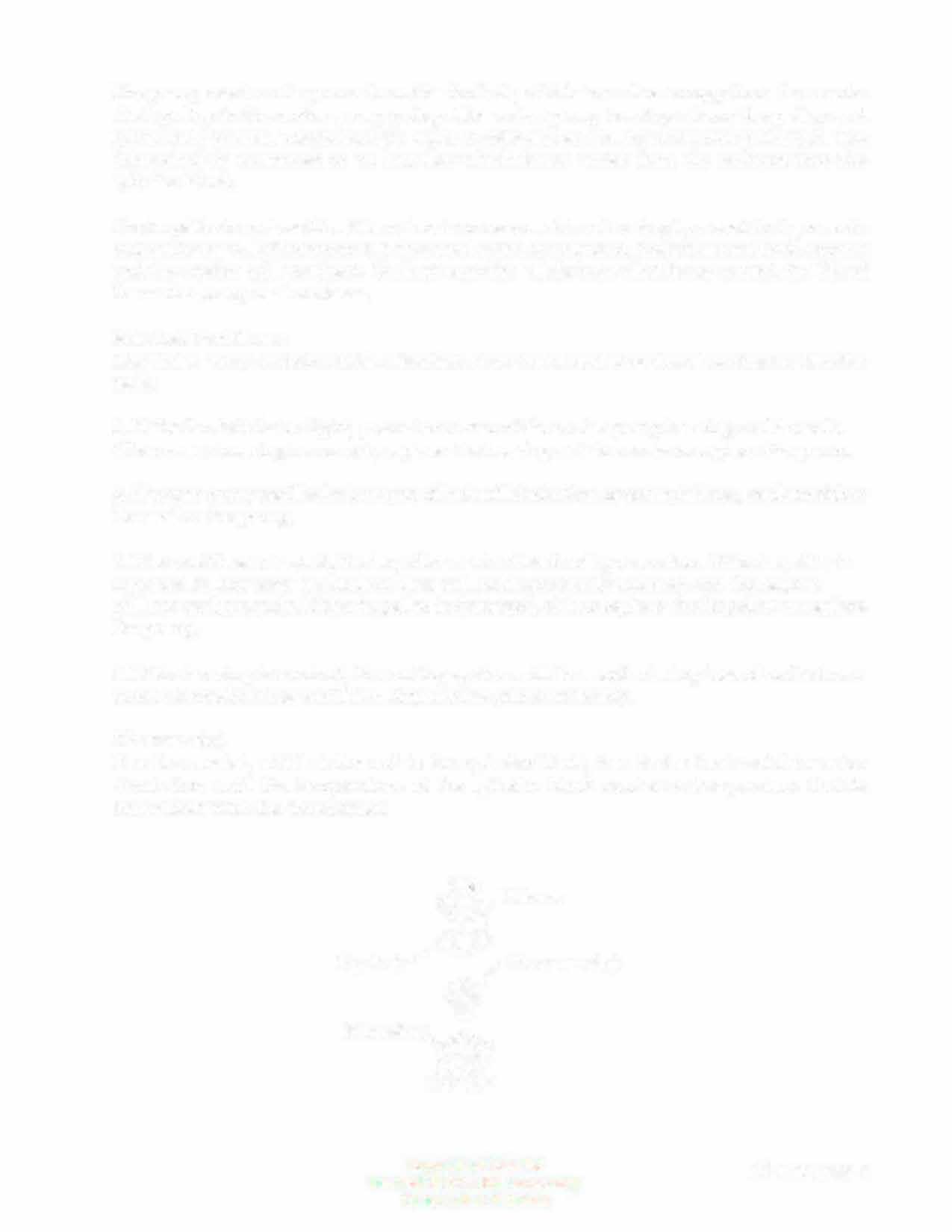
3 minute read
Radiator Core
1. The coolant solution lowers the freezing temperature from 32° F. to approximately -30° F (0° to -35° C). If a 100% water solution is used, freezing will cause the water to expand 9% which could result in cracking the engine block or radiator core. 2. The coolant raises the solution's boiling point from 212° F (100° C) to approximately 220° F (106° C). This higher boiling point creates a higher cooling capacity.
3. The coolant will prevent rust and corrosion from forming in the radiator core and in the engine.
4. The coolant prevents the formation of foam or air bubbles in the system. 5. The coolant contains an ingredient that lubricates the water pump seal and prolongs the seal's life.
Important Under no condition should a vehicle operate without a minimum of 50% ethylene glycol to a maximum of 65% ethylene glycol solution. We recommend using quality antifreeze manufactured by a reputable company. We also recommend using antifreeze with low silicate compound. Many low quality coolants contain high concentrations of silicate compounds that can damage the water pump seal. For the cooling system to perform at top efficiency, we recommend that the coolant is changed and the radiator flushed after a maximum of 2,000 hours of operation or at least once year.
Water Pump The water pump, which is mounted on the front of the cylinder block, is the driving force of the cooling system. The water pump propels the coolant through the cooling system.
How it works When the engine is hot, the pump draws coolant from the radiator through the lower radiator hose and forces it through passages in the cylinder block. The pump consists of six parts: (1) housing, (2) seal, (3) pulley, (4) drive shaft, (5) bearing, and impeller.
The pump receives its power from the fan belt, which transfers energy from the crankshaft pulley to the water pump pulley. The water pump bearing allows the pulley and drive shaft to turn. The bearing is permanently sealed and requires no lubrication. The drive shaft is connected to an impeller which forces water from the radiator into the cylinder block.
The impeller is enclosed in either aluminum or a cast iron housing by a seal that prevents coolant leakage. If the housing is damaged or the seal broken, the system will lose coolant and the engine will overheat. Coolant contains a lubricant that helps extend the life of the water pump seal surfaces. Related Problems The water pump requires little attention other than replacing worn bearings or leaking seals.
1. If the fan belt is too tight, premature wear of the water pump bearing could result. Whenever a bearing burns out, replace the bea1ing and the seals or replace the pump. 2. If water pump seal leaks because of lack of lubrication or extended use, replace either the seal or the pump. 3. If no antifreeze is used, the impeller can be dissolved by con-osion. If the impeller is impaired in any way, the coolant flow will be dramatically reduced and the engine will not cool properly. If the impeller is damaged, either replace the impeller or replace the pump. 4. If the housing is cracked, the cooling system will lose coolant. Any loss of coolant can cause an overheating condition. Replace the pump assembly. Thermostat The thermostat, which is housed in the cylinder block, is a device that restricts water circulation until the temperature of the cylinder block reaches a temperature that is compatible with the thermostat.

&Elbow Gasket� Thermostat Housing�




